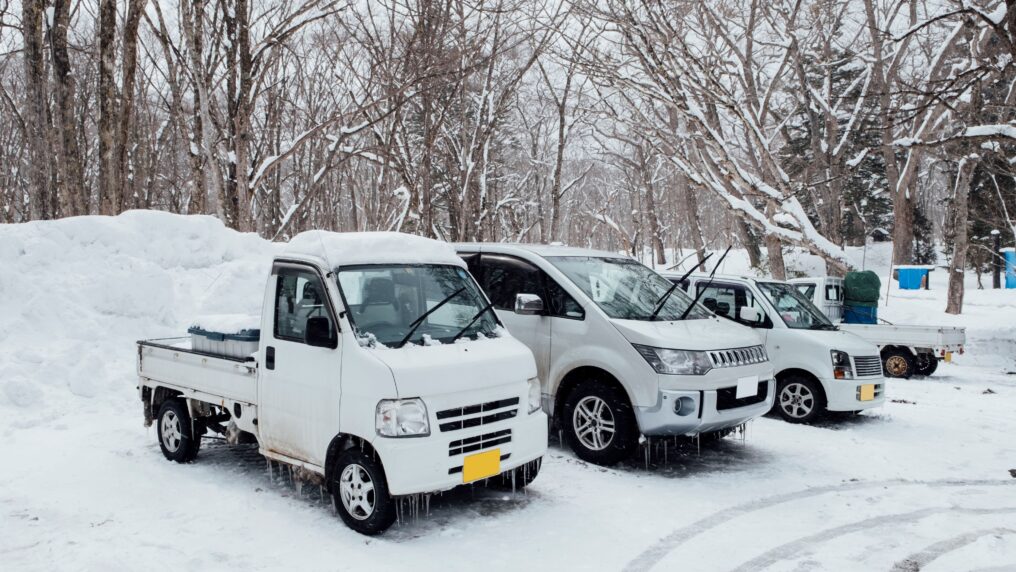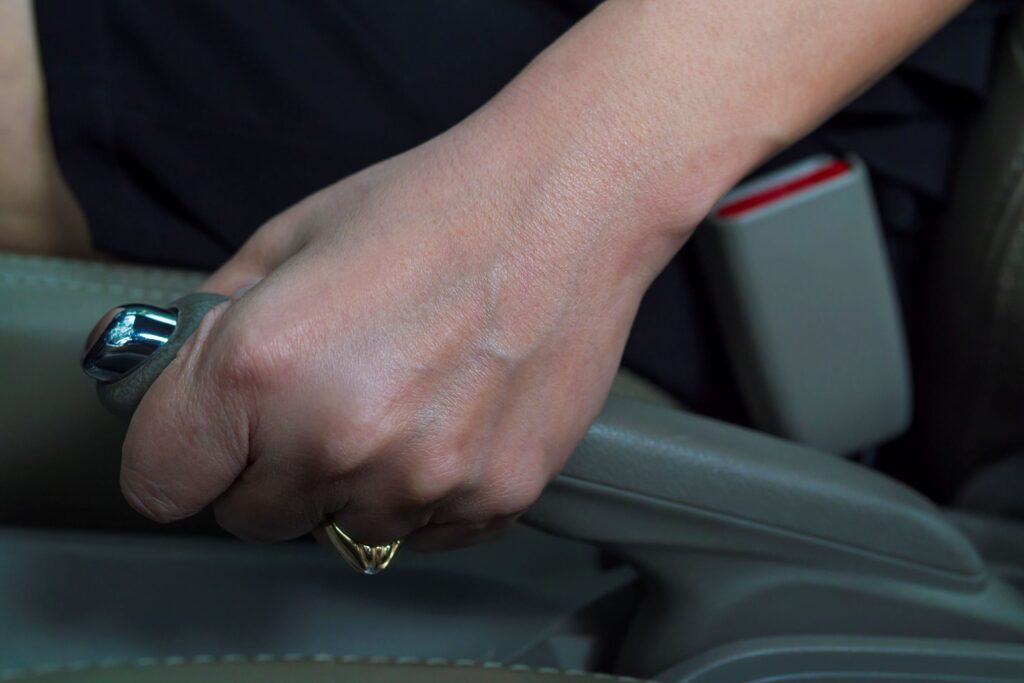
Winter is right around the corner, and if you’re planning to store your car during the colder months, it’s important to do it right.
Storing your vehicle isn’t just about parking it in the garage and forgetting about it until spring. There are some essential steps you’ll want to take to ensure it stays in top shape while it’s hibernating.
Whether you’re storing a classic car or just your everyday ride, these winter car storage tips will help protect it from the harsh winter elements and ensure it’s ready to hit the road when the weather warms up again.
1. Clean Your Car Inside And Out

It might seem odd to clean your car before storing it but trust me; this step is key. Dirt, grime, and even road salt can eat away at your car’s paint and finish over time.
Plus, you don’t want to discover that crumbs left in the interior attract some unwanted visitors during storage.
So, to get off on the right foot with winter car storage, make sure your car is clean inside and out!
What To Do:
- Wash and wax: Give your car a thorough wash, and don’t forget to apply a coat of wax to protect the paint. The wax acts as a barrier against moisture and dirt.
- Vacuum the interior: Clean out the inside, including under the seats. Remove any food or trash to prevent mold, mildew, or pests.
- Condition leather: If you have leather seats, apply a leather conditioner to keep them soft and crack-free during the cold months.
A clean car is a happy car, and this step will help prevent any unwanted damage while in storage.
2. Fill The Tank And Add Fuel Stabilizer
Before tucking your car away for the winter, make sure to fill the gas tank. An empty or low tank can allow moisture to accumulate inside, which can lead to rust and other issues in the fuel system.
What To Do:
- Fill the tank: A full tank helps prevent moisture buildup.
- Add Stabilizer for fuel: This prevents the gas from causing engine problems due to breakage. Especially when you restart the car after months.
- Make sure to run the engine for a few minutes after adding the stabilizer to allow it to circulate through the fuel system.
3. Protect The Battery
Car batteries tend to lose their charge when sitting idle for long periods, especially in cold weather. To avoid coming back to a dead battery, you’ll want to take a few precautions.
Options For Battery Care:
- Use a battery tender: A battery tender (or trickle charger) keeps your battery charged without overcharging it. It’s a great option if your car is stored in a garage with an electrical outlet nearby.
- Disconnect the battery: If you don’t have access to a battery tender, you can disconnect the battery to prevent it from draining. Just make sure you follow the proper procedure for your vehicle.
This step will save you from the frustration of dealing with a dead battery when it’s time to drive again.
4. Inflate The Tires
Tires can lose pressure when sitting for extended periods, especially in cold weather. Underinflated tires can lead to flat spots, which can damage them over time.
What To Do:
- Check the tire pressure: Inflate your tires to the recommended PSI. This can be found in your owner’s manual or on the driver’s side door jamb.
- Consider tire jacks: If you’re really concerned about flat spots, you can use tire jacks to lift the car off the ground slightly, which will relieve pressure on the tires.
Properly inflated tires will ensure your car is ready to roll when you bring it out of storage.
5. Keep Pests Out
Nobody wants to open their car in spring and find a family of mice has taken up residence.
Unfortunately, winter storage can be an open invitation for pests to make themselves at home in your car’s engine bay, interior, or exhaust pipe.
What To Do:
- Seal off entry points: Use steel wool to block off the exhaust pipe and any other openings where critters might crawl in.
- Use mothballs or repellents: Place mothballs or pest repellent inside the garage and around your car to deter rodents.
- Check under the hood: Before starting your car again, inspect under the hood to make sure no critters have made a nest near the engine.
Taking these precautions will save you from costly repairs caused by pests chewing through wires or upholstery.
6. Use A Car Cover
If you’re storing your car outdoors or even in a garage, a quality car cover is a must. It protects your vehicle from dust, moisture, and even minor dings and scratches that can happen during storage.
What To Look For:
- Breathable material: Choose a cover made from breathable fabric to prevent moisture from getting trapped underneath, which can lead to rust and mold.
- Custom-fit: If possible, opt for a custom-fit cover that hugs your car’s contours and offers the best protection.
A car cover acts as a shield against the elements, keeping your vehicle in pristine condition while it’s off the road.
7. Avoid Using The Parking Brake

It might be tempting to use the parking brake when storing your car, but this is actually a bad idea for long-term storage.
Leaving the parking brake on can cause the brake pads to stick to the rotors, especially in cold weather.
What To Do Instead
- Use wheel chocks: These are wedge-shaped blocks placed behind the tires to keep the car from rolling. They provide a safe alternative to the parking brake without risking damage to the brake system.
This small step can save you from costly repairs down the line.
Ready For Winter Storage?
Storing your car for the winter doesn’t have to be stressful. By following these simple tips, you’ll ensure that your vehicle is well-protected and ready to hit the road when the snow melts.
From cleaning and covering to battery care and pest prevention, a little prep work goes a long way in keeping your car in top shape all winter long.
Here are a few last-minute tips on how to keep your cars shiny even during the gloomy winter days.
How Often Should You Start A Car In Winter Storage?
Ans. It is common for your car to go into hibernation during the winter season. However, how long is too long?
Can you really go the entire winter months without having to start the engine? The answer is no!
By the general rule of thumb, you should at least start the engine once every couple of weeks in order to keep the engine warm and roaring. Especially when you stay in extremely cold regions. Better to “stretch their legs” once in a while.
No, you do not always have to take them for a drive when you are starting the engine.
How To Store Your Car Battery In The Winter Season?
You cannot park the car outside in the bone-chilling cold. So, it is understandable if you want to store the car battery indoors.
However, there are a few rules to follow when it comes to storage:
They have to be in a cool and dry place. So do not switch on the heater or the humidifier when you store these.
Try to store them on a wooden surface and not on a cold marble or tile.
If you wonder whether you should be detaching the battery, then yes, you should. This is to prevent electrical drainage when you are not using the car.
What About The Tires?
Experts advise you not to store the tire directly on the ground or concrete. You should be storing it under something warm like a carpet or wood. This will help preserve your tires better for longer periods of time.
Read Also:




























